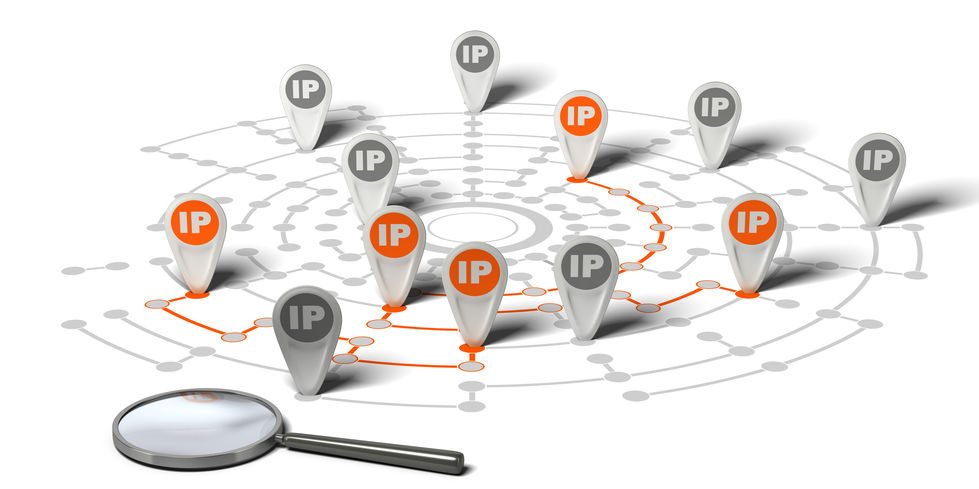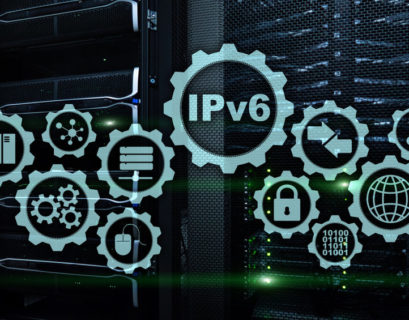What is SNMP Vulnerability? How to stay protected?
SNMP Vulnerability is a hidden risk lurking in many network infrastructures. The Simple Network...
What is IPAM? Can you work without it?
IPAM – IP Address Management is a method of planning, tracking, and administrating the information related to IP address space. In the...
Keyword Monitor: The Easy Way to Track Website Content
A keyword monitor is one of the simplest yet most powerful tools you can use to protect your...
What is an IPv6 address? [Fully explained]
IPv6 represents the newer generation of technology and development. The older version of IP – IPv4 is still very popular, but its...
IPsec Explained: What It Is and How It Works
Welcome to the world of IPsec! In today’s digital age, protecting sensitive information from cybercriminals is crucial. That’s...
The Slowloris Attack: How it Works and How to Protect Your Website
Slowloris attack is famous for slowly draining the life out of a website until it can no longer...
10 Steps to Prevent Ransomware attack
The Ransomware attack is one of the most destructive types of cyberthreats today. It targets individuals, businesses, and even governments...
Cron Job Monitoring: A Basic Overview
In the world of server management and automation, cron jobs play a pivotal role. These time-based job schedulers in Unix-like operating...
How do OSI Model layers work in computer networking?
In the vast realm of networking, the Open Systems Interconnection (OSI) Model stands as one of the...










